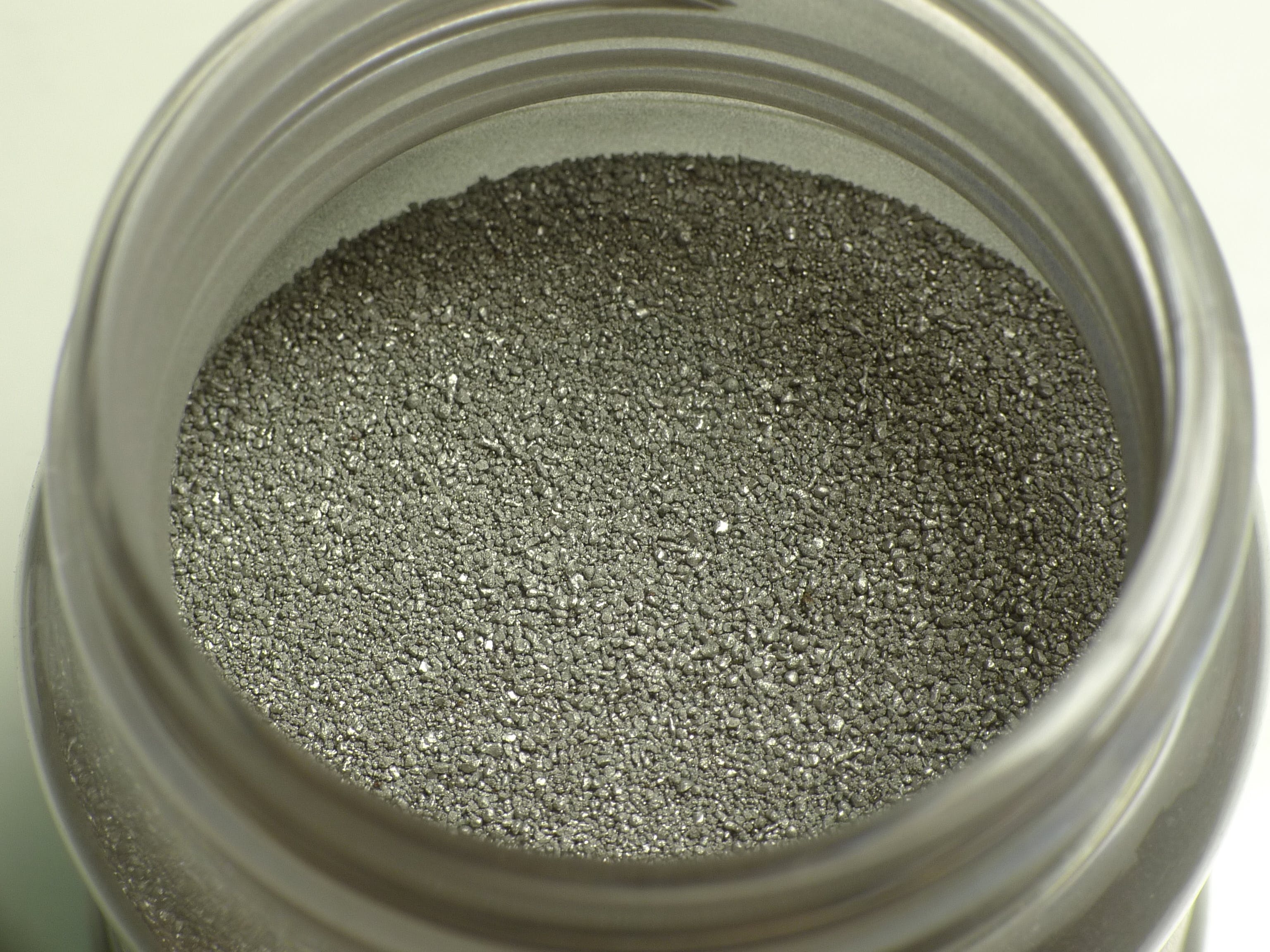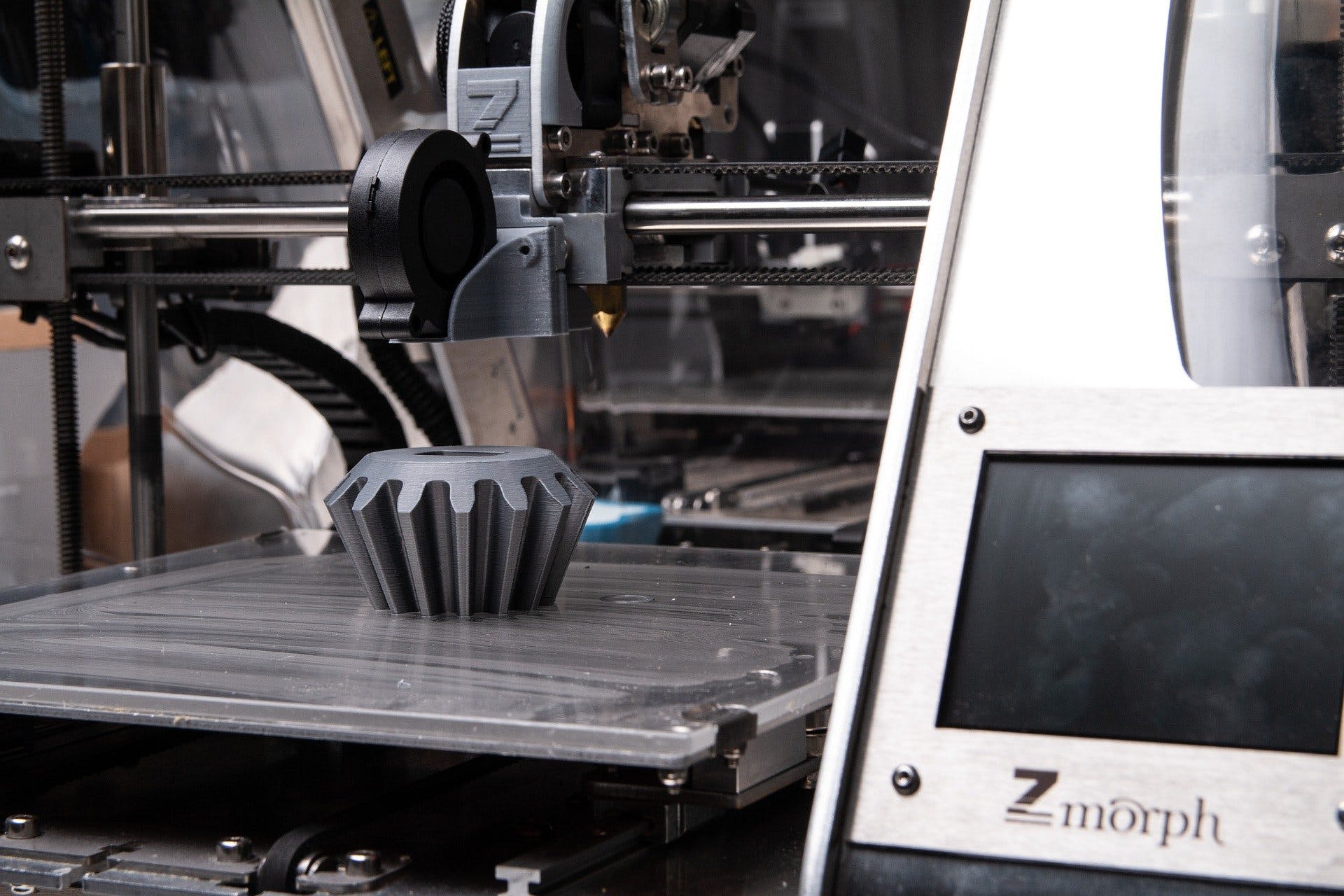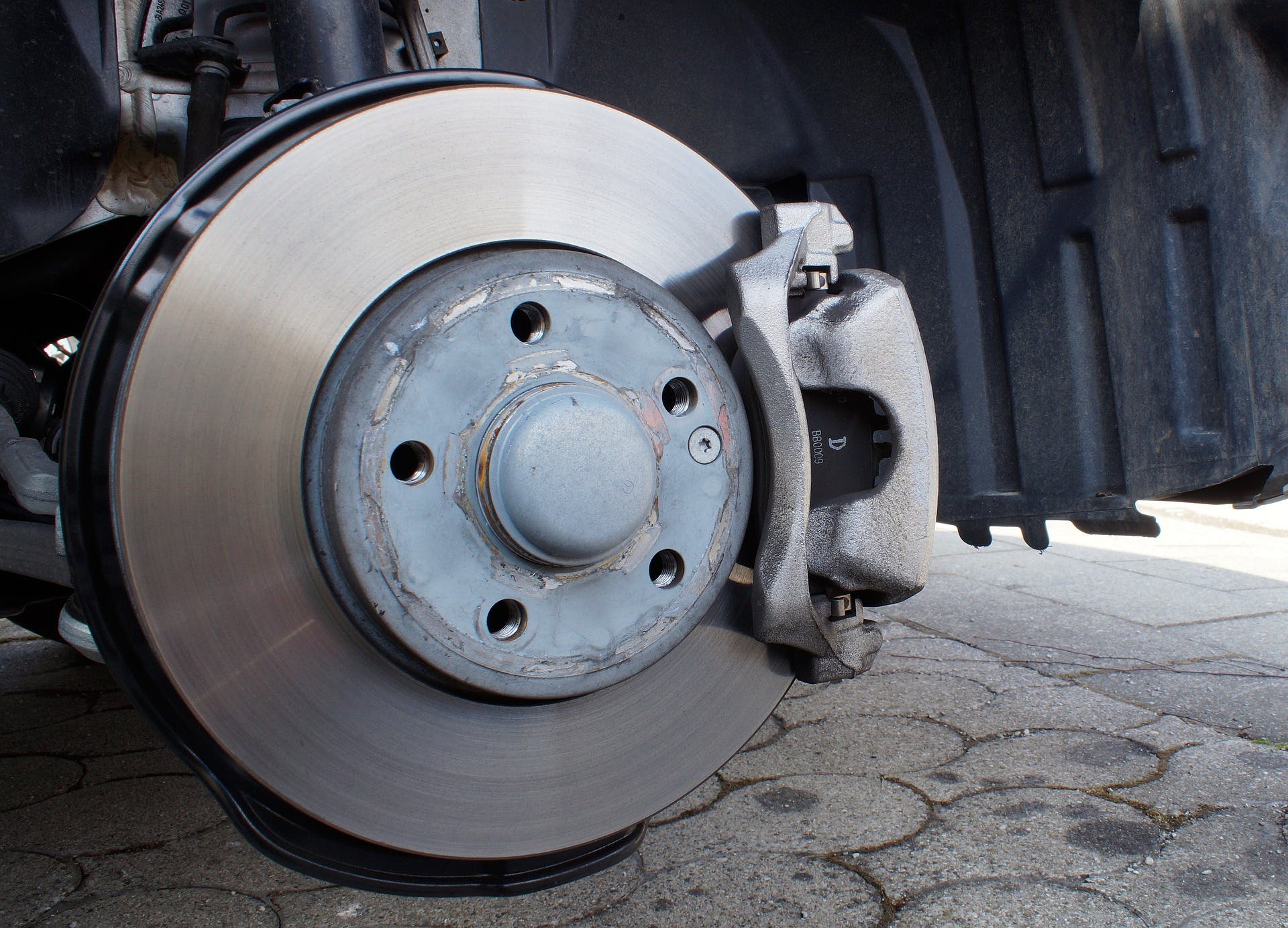While traditional forms of metal manufacturing like forging and casting have been around for hundreds of years, there are some applications where the best option is powder metallurgy manufacturing.
In this article, we’ll look at how powder metallurgy works, including which parts are best suited to the process. We’ll also go through the many powder metallurgy benefits you’ll enjoy.
What Is Powder Metallurgy Manufacturing?
Powder metallurgy refers to the material used to manufacture parts. This process uses a metal powder produced through a process called atomization, where molten metal is broken down by a high-speed spray of fluid or inert gas, then solidified into a powder as it cools.
The powder is then poured into a mold and compressed until it reaches the desired shape and density.
There are a number of ways you can adjust this process, of course. You can create alloys by mixing metal powders, and you can introduce a number of other materials as well, including abrasive surfaces, carbide tips, and materials intended to increase friction, which is the case when manufacturing brake pads.
Parts can also be sintered, which involves heating the parts to temperatures just below the melting point. This adds strength and durability and can also affect porosity, which is a vital element in manufacturing self-lubricating parts like bearings.
Powder metallurgy manufacturing combines flexibility and cost savings with high precision and accuracy, making it ideal for applications that otherwise might cost time and money you can’t afford to spend.
Ideal Parts for Powder Metals

While powder metallurgy manufacturing is not ideal for all use cases, there are many situations in which it is by far the superior technique. Typically, these parts tend to be smaller and more intricate, and they may have additional properties, like being magnetic.
Using traditional means of fabricating these small and more detailed parts would typically require a great deal of millwork. The sheer volume of the machining aside, maintaining consistency in all details on such intricate parts would be a challenge.
Instead, powder metallurgy allows parts to be fabricated as close as possible to their finished form, improving consistency while eliminating extra work.
Benefits of Powder Metal Manufacturing
There are a number of powder metallurgy benefits that you just can’t achieve when manufacturing metal components by other methods. Here are some of the most significant ways you could gain from this process.
Cost-Effectiveness
One of the most important powder metallurgy benefits that companies will notice is that the process is quite cost-effective. This is due to a number of factors, including the following.
Less Machining
Because parts are fabricated as close as possible to the final expected dimensions, there is very little machining that needs to be done in order to clean up the piece, saving both time and money.
Less Scrap

In other metal manufacturing processes, there’s usually a great deal of wasted product, and while much of that is reclaimed and recycled, each step in the recycling process costs money.
With powder metallurgy, most parts incorporate over 97% of the raw material, virtually eliminating waste. This is because powder metallurgy makes use of additive manufacturing principles, rather than subtractive manufacturing.
Scalability for High Volume
Powder metallurgy is an easily replicable process, which means that you can manufacture parts at a high volume. In fact, the most cost-effective use of this method is to produce more than 10,000 of each part per year!
Superior Finish
The powder metallurgy process produces an excellent surface finish on your final parts, and they can also have secondary finishes applied after sintering to add more resistance to wear or corrosion or to improve the part’s strength.
One of the other powder metallurgy benefits is its superior porosity compared to traditional methods. Because the manufacturing process determines the density of the final product, it is possible to create a more porous finish that will absorb lubricants, allowing you to create self-lubricating parts.
Unique Materials

Because powder metallurgy works by using a solid metal powder, it allows you to produce a wide number of unique parts with special properties that are difficult to replicate with other methods.
For instance, you can create a number of alloys that would be difficult or impossible to recreate with traditional methods, such as materials made for electrical contacts or metals with extremely high melting points.
One of the first uses for powder metallurgy was actually to create the tungsten blocks used to make incandescent light bulb filaments.
Powder metallurgy also lets you create products with specific characteristics. A large number of magnets are manufactured in this way.
Steel parts that are required to work at high speeds can benefit from the extra durability and performance they get from the powder metallurgy process, too.
It’s also possible to mix other materials into the powder during the manufacturing process. The linings of brakes, for instance, have non-metallic materials added during the powder metallurgy process that increase the friction of the surface. These materials are deeply embedded in the metallic matrix, ensuring that the friction properties can remain constant.
High-Performance Parts
This last point, the superior performance offered by powder metallurgy manufacturing, is one of the most important benefits offered by the process.
The sintering process provides excellent strength and durability for parts of all types, and the self-lubricating properties of some applications have become industry standards.
Powder metallurgy can also create components for use in airplane engines using nickel or cobalt superalloys. These alloys are not able to be replicated by other manufacturing techniques.
The tremendous precision the powder metallurgy process offers allows manufacturers to control the microstructure of every part to ensure proper performance within expected temperature ranges.
Looking for More Information About Powder Metallurgy Benefits?
If powder metallurgy manufacturing is a part of your business, contact the heat treatment experts at L&L Special Furnace Co. Inc. For decades, we’ve combined innovative engineering with unmatched workmanship to produce high-quality industrial furnaces to meet all of your heat treatment needs.
